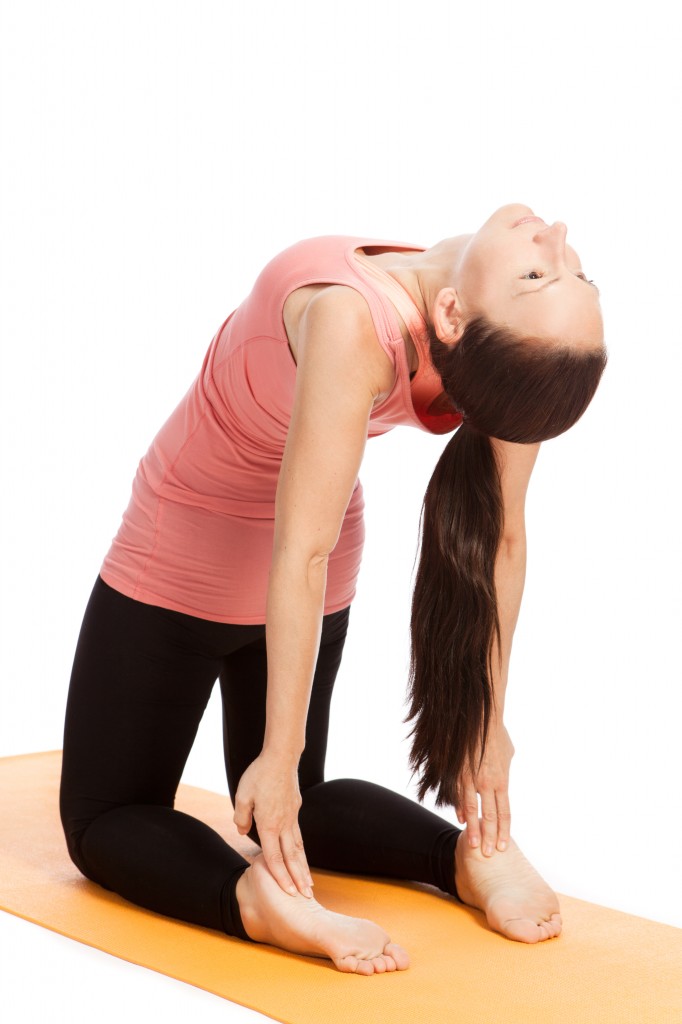Open Your Heart Chakra

Celebrate this Valentine’s Day by loving yourself! Not only is this week Valentine’s Day, but it is also American Heart Month. To honor both of these (equally important) holidays, we’d like to share some ways you can practice some intro- spection and learn how to open and activate your heart chakra. But what is a […]
